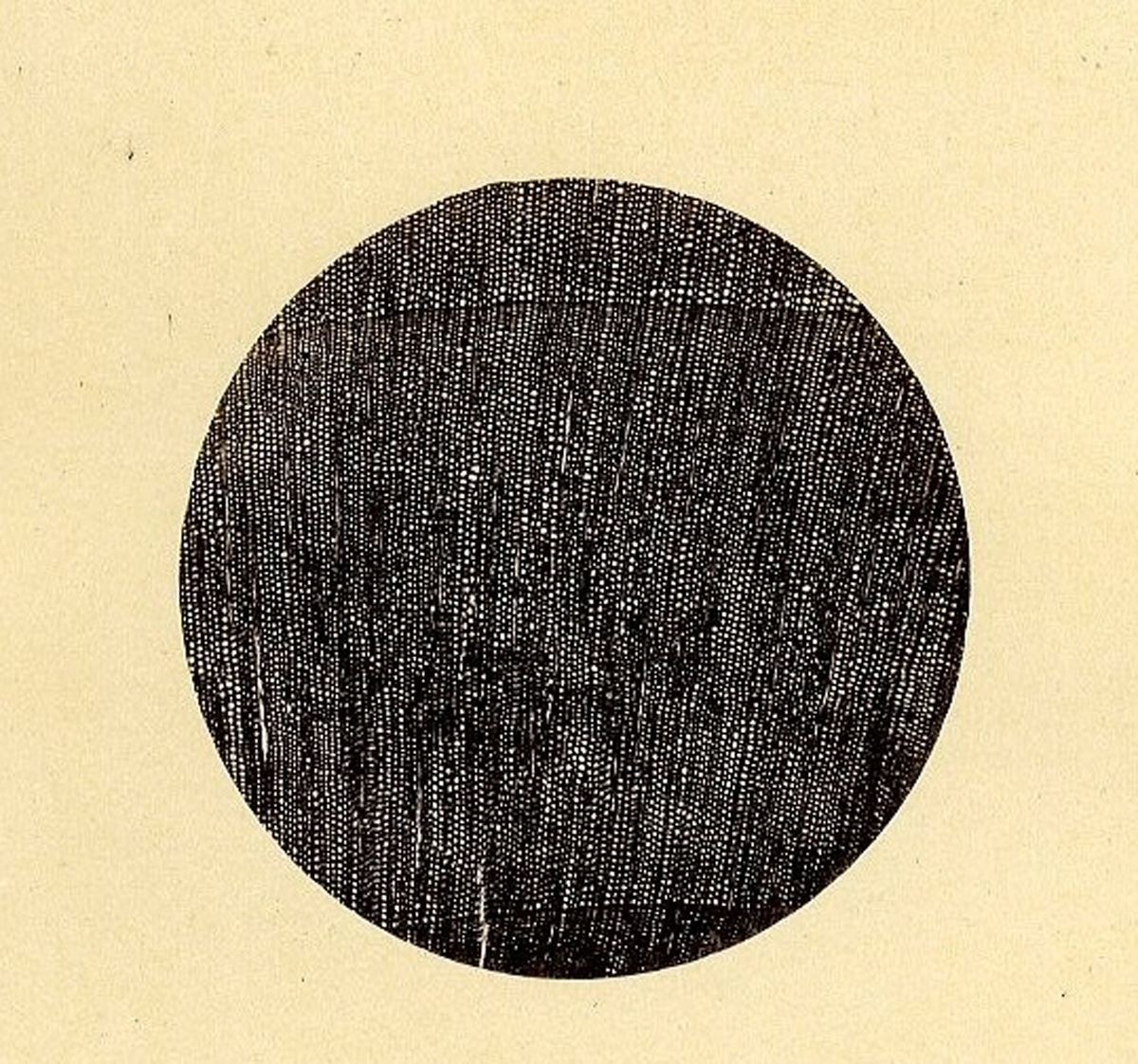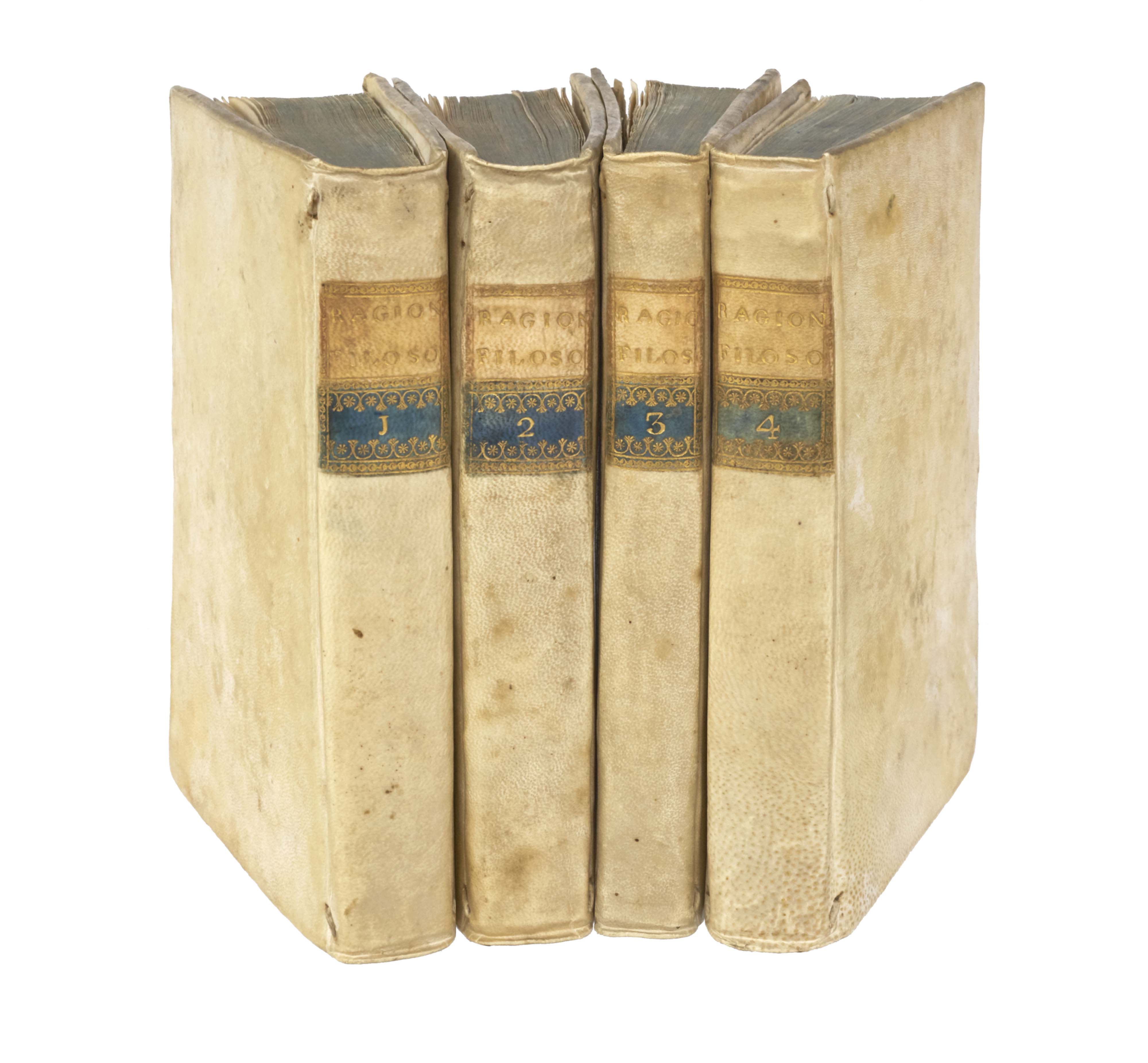BOTTO, Giuseppe Domenico.
Observations microscopiques sur les mouvements des globules végétaux suspendus dans un menstrue.
[Turin], Imprimerie Royale, [1840].
4to, pp. 17; a single wormhole throughout; manuscript presentation note ‘al ... Prof. [?] Amici ... dell’autore’ on blank original wrappers, uncut and opened.
Added to your basket:
Observations microscopiques sur les mouvements des globules végétaux suspendus dans un menstrue.
An extremely rare offprint from the Memorie della Reale Accademia delle Scienze di Torino on Brownian Movement and a contribution to the ‘heated controversy with the best known botanists of the world [started by the] discovery that made [Amici] famous ... that of the fertilization of phanerogams, particularly the travel of the pollen tube through the pistil of the flower (1821)’ (DSB). Botto quotes scientists from Buffon and Needham to Brown and Herschel. He was professor of physics at the University of Turin and a member of the Reale Academia. He published several works on physical and chemical problems.
Only one location in NUC, John Crerar Library; not in OCLC.

